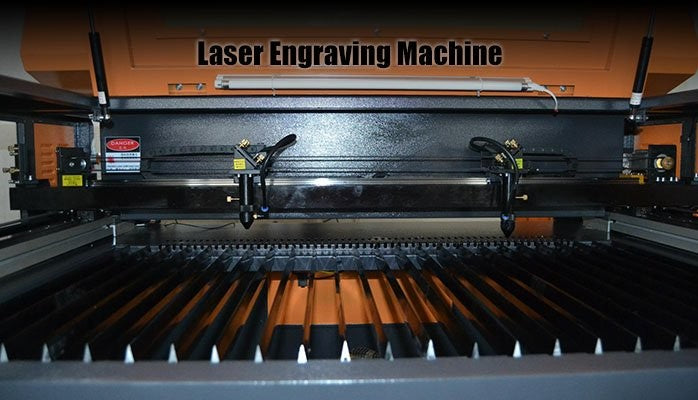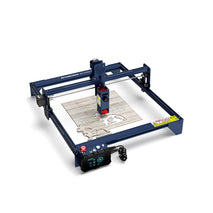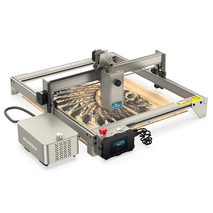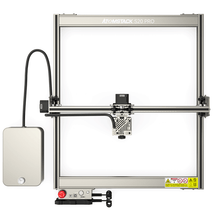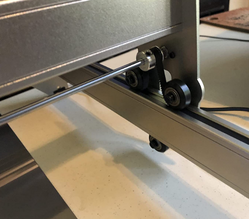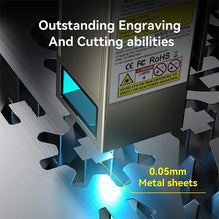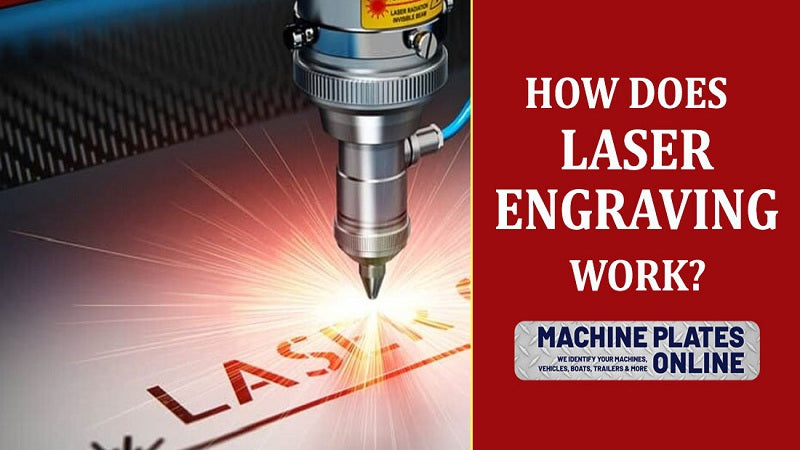
How Does The Laser Engraving Machine Work?
Atomstack laser engraving machine is a high-precision equipment capable of processing and cutting various materials. It uses laser beams to process materials, and has the characteristics of fast cutting speed, simple operation and high precision, and is widely used in various industries. This article will introduce the working principle of the laser engraving machine in detail from the following aspects.
Composition Of Laser Engraving Machine
A laser engraver consists of several parts, including:
- Laser
The core part of the laser engraving machine is the laser, which can generate high-energy laser beams. - Control system
The control system is an important part of the laser engraving machine, which can control the movement and processing of the laser beam. - Optical system
The optical system is another important part of the Atomstack S20 Pro laser engraving machine. It includes multiple parts such as laser beam diffusion, focusing and positioning to ensure that the laser beam can be accurately irradiated on the surface of the material. - Workbench
The table is the basic part of the laser engraving machine, it supports the material entering and exiting, and ensures the smooth processing process.
Working Principle Of Laser Engraving Machine
The working principle of laser engraving machine can be divided into the following links:
- The laser produces a laser beam
The core part of the Laserpecker laser engraving machine is the laser. When the electricity enters, the electrons are excited by the strong photon field, so that the atoms, molecules or ions with resonance energy undergo energy level transitions, and the released energy forms a laser beam. - The laser beam passes through the optical system
After the laser beam passes through the laser, it needs to pass through the optical system, including multiple parts such as laser beam diffusion, focusing and positioning, to ensure that the laser beam can accurately irradiate the surface of the material. - The laser beam is irradiated onto the surface of the material
When the laser beam is irradiated on the surface of the material, it can penetrate the surface of the material and heat the local area to form melting or vaporization. - Material Processing
After the laser beam melts or vaporizes on the surface of the material, since the laser beam will be continuously moved, the melting or vaporization area formed on the surface of the material will also change continuously, thereby realizing precise processing of the material. - The control system monitors and controls the machining process
In the process of laser engraving machine processing, the control system will continuously monitor and control the processing process to ensure that the parameters such as the position, size and power of the laser beam can be adjusted, so as to ensure that the material can be processed accurately.
Application Field Of Laser Engraving Machine
LaserPecker 3 laser engraving machine has a wide range of applications, mainly in the following fields:
1. Metal processing
Laser engraving machine can process various metals with high precision. It has the advantages of fast speed, high efficiency and good quality. It is suitable for metal cutting and engraving needs in many industries.
2. Wood processing
Laser engraving machines are also widely used in the field of wood processing. It can cut, engrave and punch wood in various processing methods, and can realize precise and complex pattern engraving.
3. Leather processing
Laser engraving machines can precisely cut and engrave leather to meet the needs of various industries for leather engraving, such as shoes, hats, leather clothing, bags, watches, etc.
In short, as a high-precision processing equipment, the laser engraving machine has a complex working principle and requires multiple components to work together to complete precise processing tasks. With the continuous development of technology, laser engraving machines have been widely used in many industries and become one of the key technologies to promote the continuous progress of production and manufacturing.
